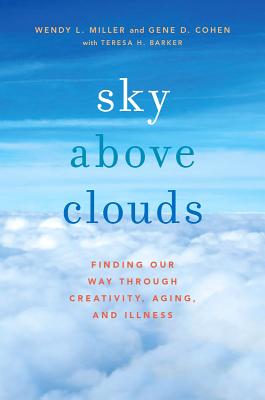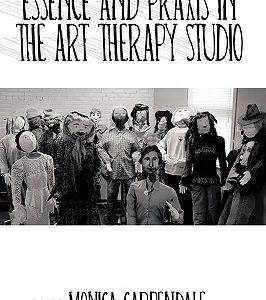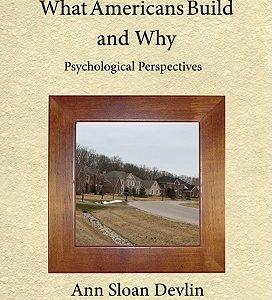Sky Above Clouds: Finding Our Way Through Creativity, Aging, and Illness
$26.96
Description
Through their scientific research and clinical practice, husband and wife team Gene D. Cohen and Wendy L. Miller uncovered new clues about how the aging mind can build resilience and continue growth, even during times of grave illness, thus setting aside the traditional paradigm of aging as a time of decline. Cohen, considered one of the founding fathers of geriatric psychiatry, describes what happens to the brain as it ages and the potential that is often overlooked. Miller, an expressive arts therapist and educator, highlights stories of creative growth in the midst of illness and loss encountered through her clinical practice. Together, Cohen and Miller show that with the right tools, the uncharted territory of aging and illness can, in fact, be navigated. In this book, the reader finds the real story of not only Cohen’s belief in potential, but also how he and his family creatively used it in facing his own serous health challenges. With Miller’s insights and expressive psychological writing, Sky Above Clouds tells the inside story of how attitude, community, creativity, and love shape a life, with or without health, even to our dying. Cohen and Miller draw deeply on their own lessons learned as they struggle through aging, illness, and loss within their own family and eventually Cohen’s own untimely death. What happens when the expert on aging begins to age? And what happens when the therapist who helps others cope with illness and loss is forced to confront her own responses to these experiences? The result is a richly informative and emotional journey of growth.
Author: Miller, Wendy L, Author: Cohen, Gene D, With: Barker, Teresa H
Topic: Psychology
Media: Book
ISBN: 199371415
Language: English
Pages: 352
Additional information
| Weight | 1.1 lbs |
|---|---|
| Dimensions | 9.1 × 6.1 × 0.9 in |















Reviews
There are no reviews yet.